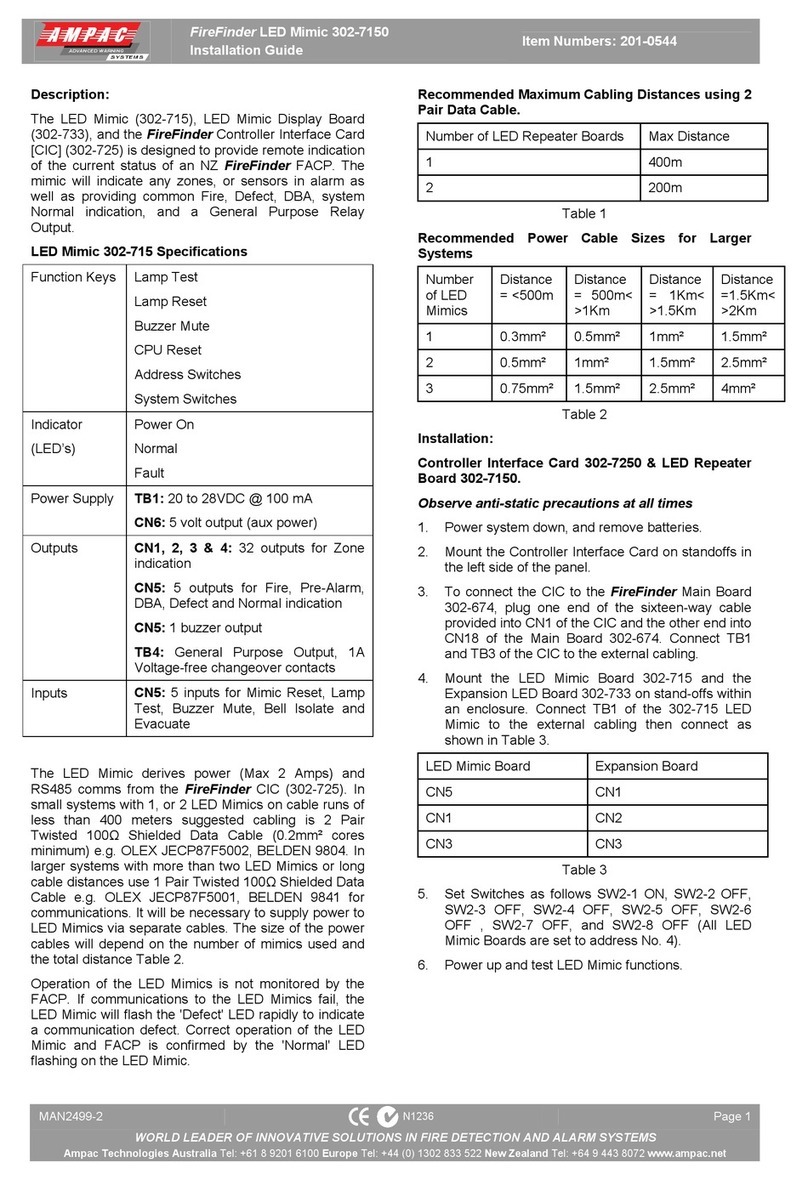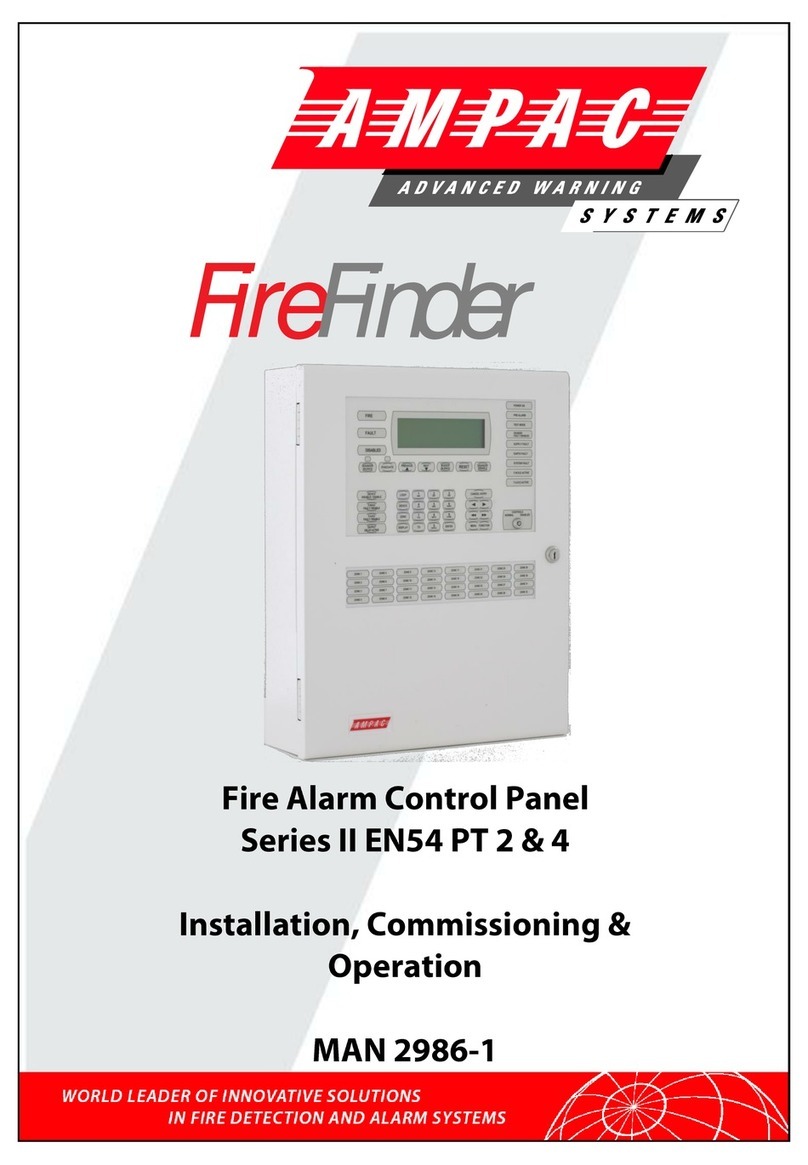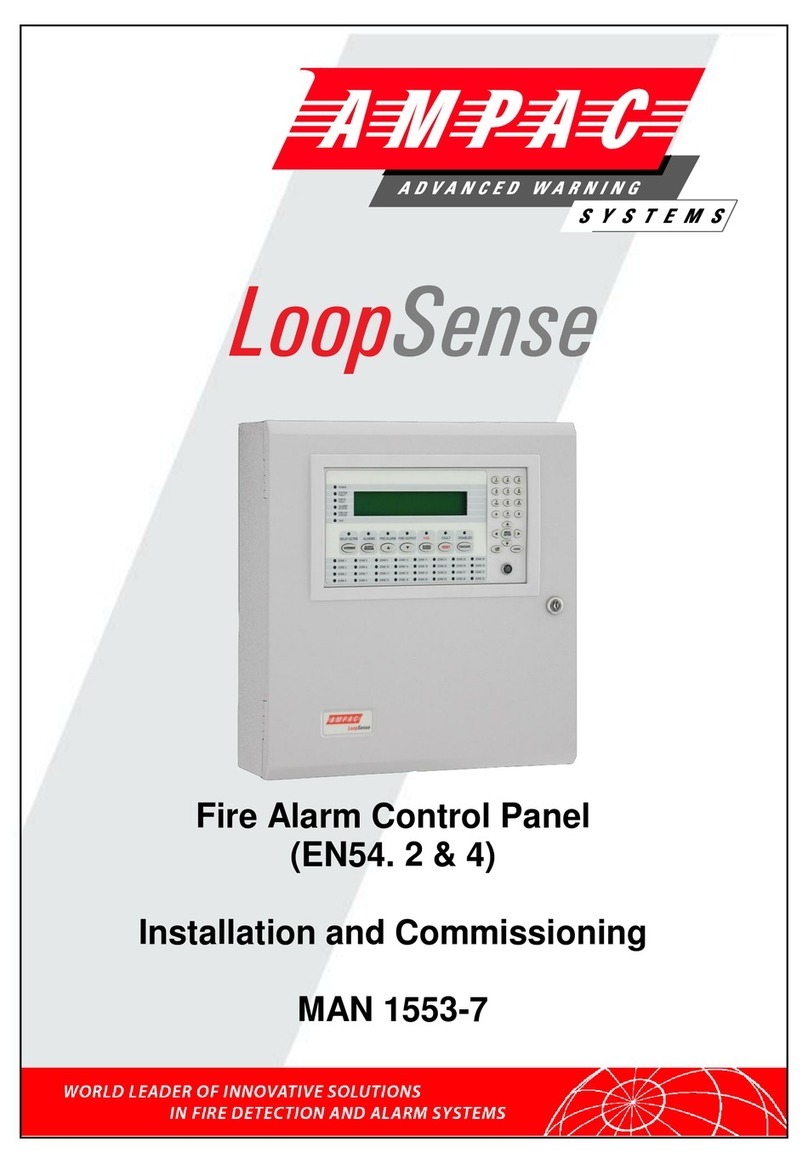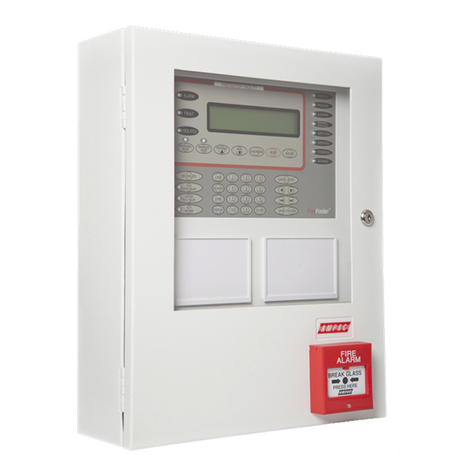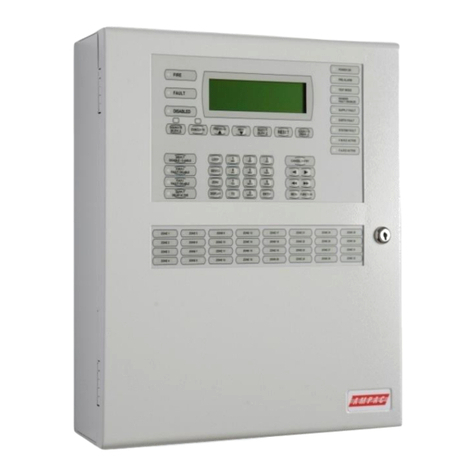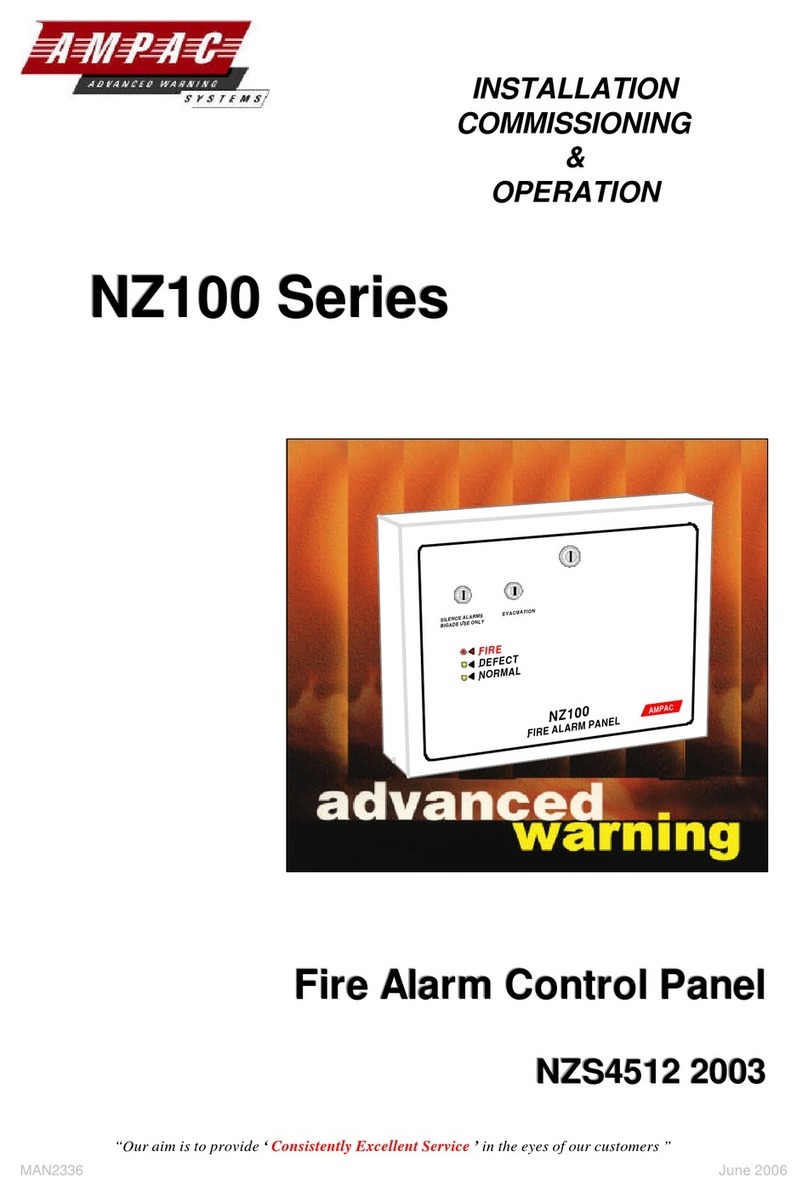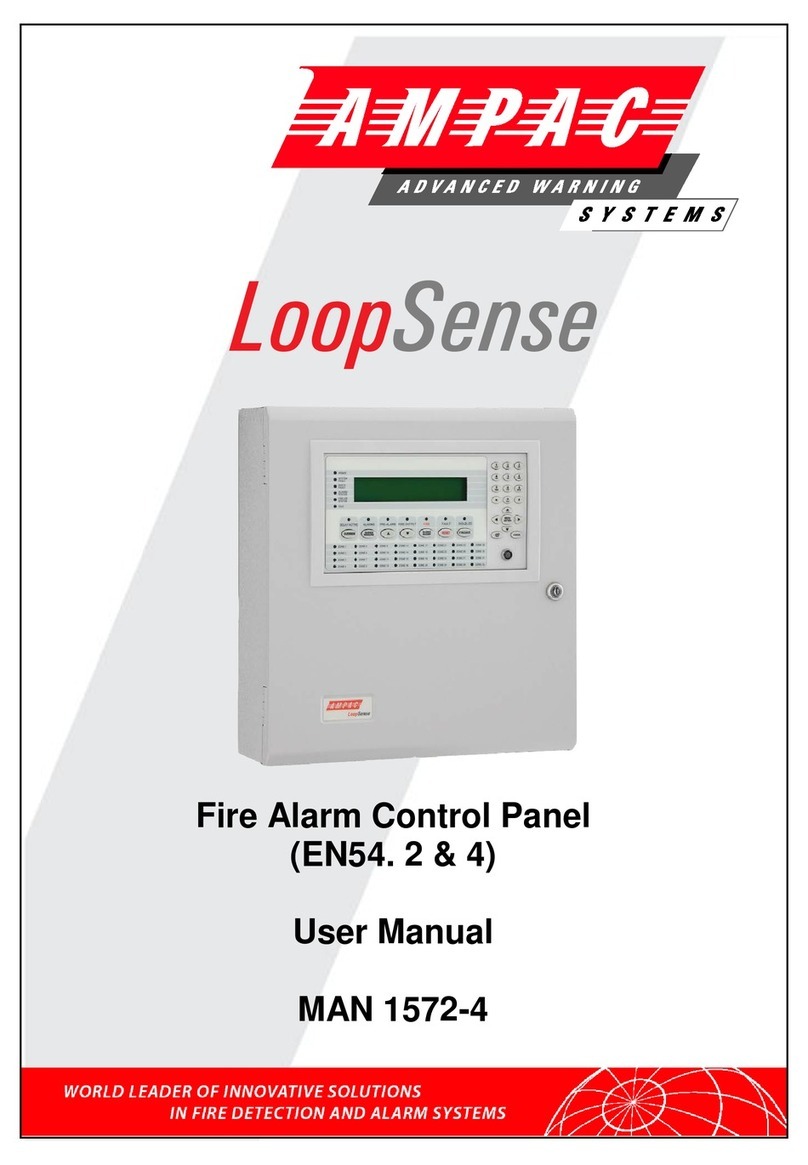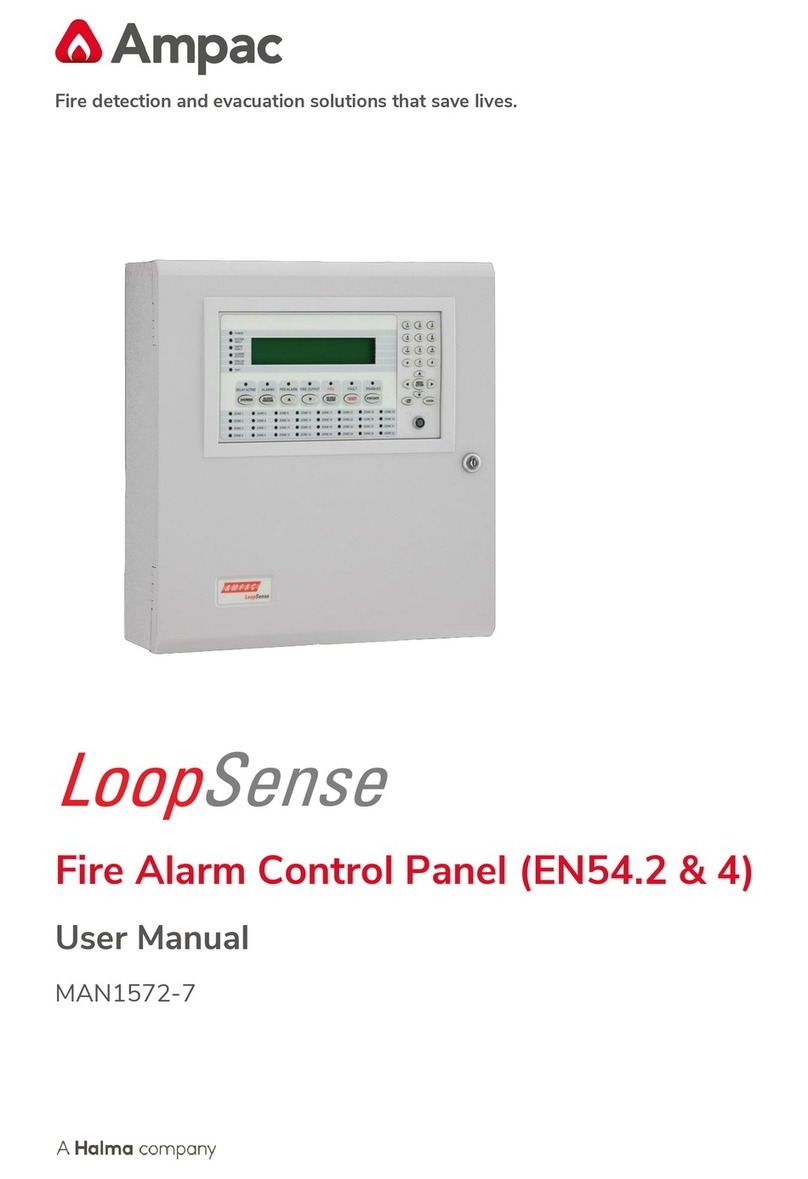8.4.5 ECP Calling WIP .................................................................................13
8.4.6 ECP To All WIPS (ALL CALL).............................................................13
8.4.7 Completing The All Call......................................................................13
8.4.8 OIS Controlling ECP...........................................................................13
8.4.9 Zone Labelling - Refer to Appendix A................................................13
8.4.10 Remote Paging Console.....................................................................14
8.5 Main Equipment Description.............................................................................15
8.5.1 Common Board Frame.......................................................................15
8.5.2 Signal/Speech Generator...................................................................16
8.5.3 Signal Generator Settings..................................................................16
8.5.4 Standby / Speech Generator..............................................................16
8.5.5 Microphone / BGM Mixer Board.........................................................17
8.5.6 Standby Microphone / BGM Mixer Board..........................................17
8.5.7 FACP Input CPU Board ......................................................................17
8.5.8 Main CPU ............................................................................................17
8.5.9 Amplifier Rack Frame.........................................................................17
8.5.10 40 Watt Amplifier................................................................................18
8.5.11 120 Watt Amplifier..............................................................................19
8.5.12 Warden Intercom Control Frame .......................................................20
8.5.13 OIS Control CPU.................................................................................20
8.5.14 OIS Selector Board.............................................................................20
8.5.15 Fan Module.........................................................................................20
8.5.16 Power Supply......................................................................................21
8.5.17 Fault Relay..........................................................................................21
9Installation.................................................................................................. 22
9.1 Unpacking And Inspection................................................................................22
9.2 Anti-Static Precautions.....................................................................................22
9.3 Working On The System...................................................................................22
9.4 Cabinet Installation ...........................................................................................22
9.4.1 Surface Mount ....................................................................................22
9.4.2 Recess Mount.....................................................................................22
10 Connecting The EV3000 ............................................................................ 23
10.1 FACP Input Connections (Individual inputs)....................................................23
10.1.1 Connections........................................................................................23
10.1.2 Fusing.................................................................................................23
10.1.3 Address Setting..................................................................................23
10.2 Common FACP Input Connections ..................................................................24
10.3 SECP MIC, BGM And SECP OIS Handset Input Connections .........................24
10.3.1 Connections........................................................................................24
10.4 100V Line Speaker Connections.......................................................................25
10.4.1 Connections........................................................................................25
10.4.2 Fusing.................................................................................................25
10.5 Visual Indicators Output Connections .............................................................27
10.5.1 Connections........................................................................................27
10.5.2 Fusing.................................................................................................27
10.6 WIP/EAID Extension Connections....................................................................29
10.6.1 Connections........................................................................................29
10.7 MECP To SECP Data Connections...................................................................30
10.7.1 Connections........................................................................................30
10.8 CN5 + CN6 Power Supply to Board ..................................................................30
10.8.1 Fusing.................................................................................................30
10.9 Mains Connection .............................................................................................31
